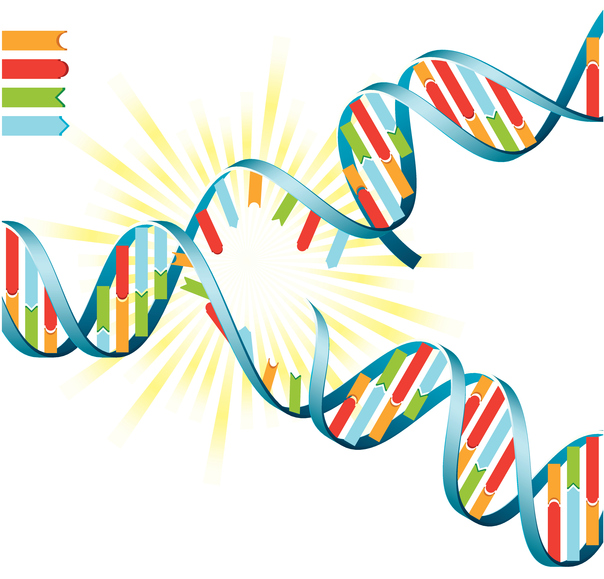
Researchers at Washington University (WashU) School of Medicine report they have identified a previously unknown signaling pathway in cells that protects their DNA while it is being copied—a discovery that suggests this pathway could be targeted for treating cancer by interfering with the disease’s ability to duplicate its genome. The research was published today in the journal Molecular Cell.
“A cell that can’t protect its genome is going to die,” said senior author Zhongsheng You, PhD, a professor of cell biology & physiology at WashU. “This entire pathway we found exists to protect the genome so the cell can survive in the face of replication stress. By combining inhibitors of this pathway with chemotherapy drugs that target the DNA replication process, we potentially could make such drugs more effective.”
You’s past work has focused on understanding how cell protect their genomes during replication. His early worked included examining the ATR-Chk1 genome-protection pathway, which controls the cell-division cycle and prevents stalled replication machinery from failing entirely and causing breaks in the DNA. For the past eight years his work has centered on completing the puzzle on another unknown genome-protection pathway, the one that has now been detailed in this new work.
A cell can undergo replication stress whereby its DNA replication activity has problems copying the genome. This can be caused by a number of factors including certain stretches of DNA being difficult to duplicate due to a large number of repeated sequences, or things that damage the DNA itself, such as radiation and toxic molecules. Many widely used treatments for cancer work by damaging the DNA of cancer cells and increasing replication stress.
The new process discovered by the WashU researchers reveals that when the DNA duplication machinery within a cells stalls, the protein Exo1 that normally follows behind the machinery to clean up any incorrectly copied pieces of DNA reacts differently. Instead of precisely cutting out the incorrectly copied bits of DNA, Exo1 begins snipping haphazardly, cleaving bits of DNA that then make their way out of the nucleus and into the main part of the cell. Since DNA is not normally found outside the nucleus, a sensor molecule triggers a series of molecular events that eventually stops Exo1 from cutting the DNA any further until the problem with the duplication machinery can be fixed.
The research has detailed how their discovery of the DNA fragments is the warming signal of this genome-protection response. During his years-long research, You and colleagues have identified a total of eight proteins involved in this pathway, most of which already have inhibitors under development that could be repurposed as potential targets for cancer.
“Now that we have the pathway, we want to know whether it can be targeted for cancer treatment,” You said. “Lung, ovarian and breast cancer are intrinsically under replication stress. Other cancers are put under replication stress by chemotherapy drugs. This pathway protects cells from replication stress, so if we could block the pathway, it might improve patients’ response to cancer therapies.”
Many of the proteins in this pathway also play a role in other critical biological processes, including immunity, metabolism and autophagy indicating the potential of developing therapies for other diseases based on this new discovery.
“One of the most exciting things about this pathway is how it intersects with so many other pathways,” You said. “I’ve been focusing on cancer, but much of this could also apply to autoimmune diseases. Two of the proteins we identified have been linked to chronic activation of the immune response and autoimmune disease. We want to understand the relationship between this replication-stress response pathway and the innate immune response pathway. The work we do is very basic, and it is so exciting to connect the dots between these fundamental processes and see how they relate to human health and disease.”













